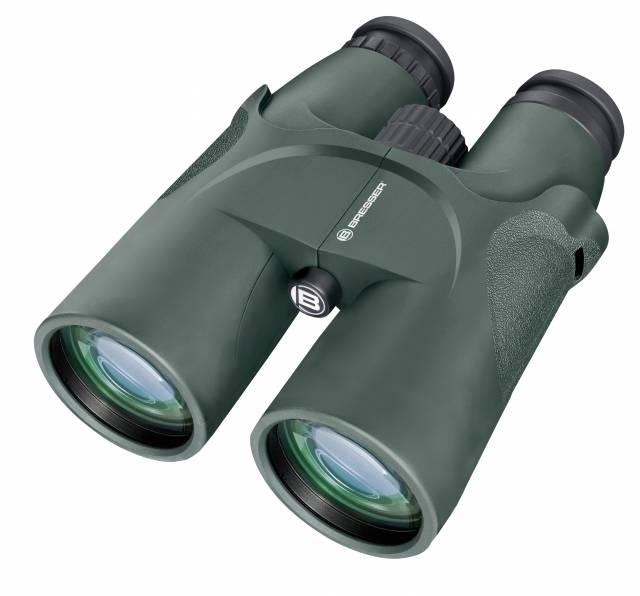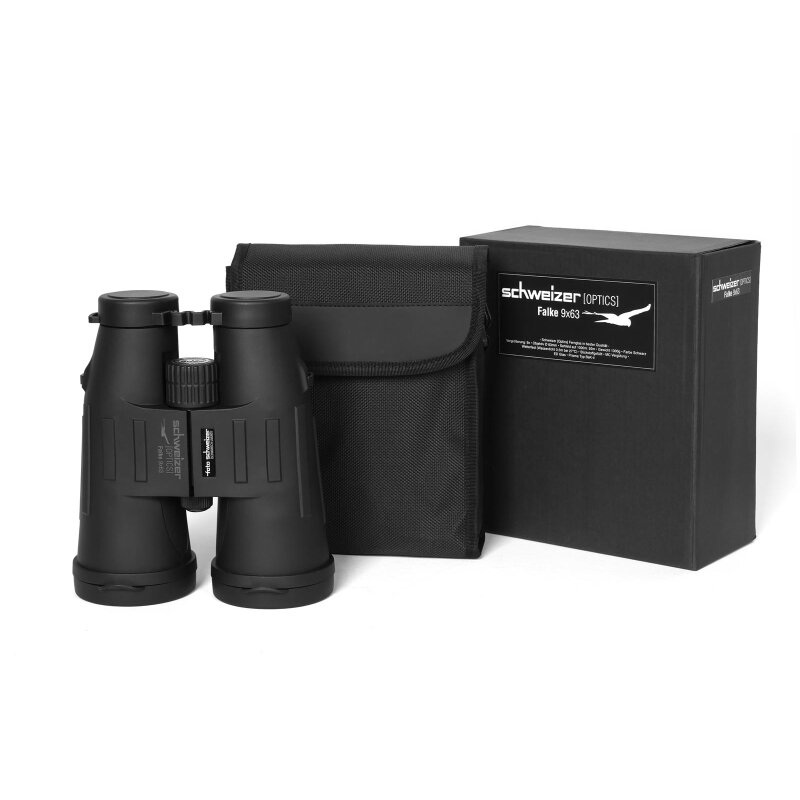When my wife and I began birding I had a Swift Audubon porro and she had a Swift Saratoga porro. They were such huge ungainly lumps we were delighted to discover roof prism binos that were so compact and fitted comfortably in our hands.I always wonder what triggered manufacturers to make roof binos. They only out perform porros with gobs of coatings. Was is cheaper and easier to make them or a real need? I never like when mfgs get stuck with a design and can't reverse, so they have to gob on technology to cover up a mistake, (rear engine cars) , but sell it as a positive. Don't be fooled that these designs are always for our good.
Lee








